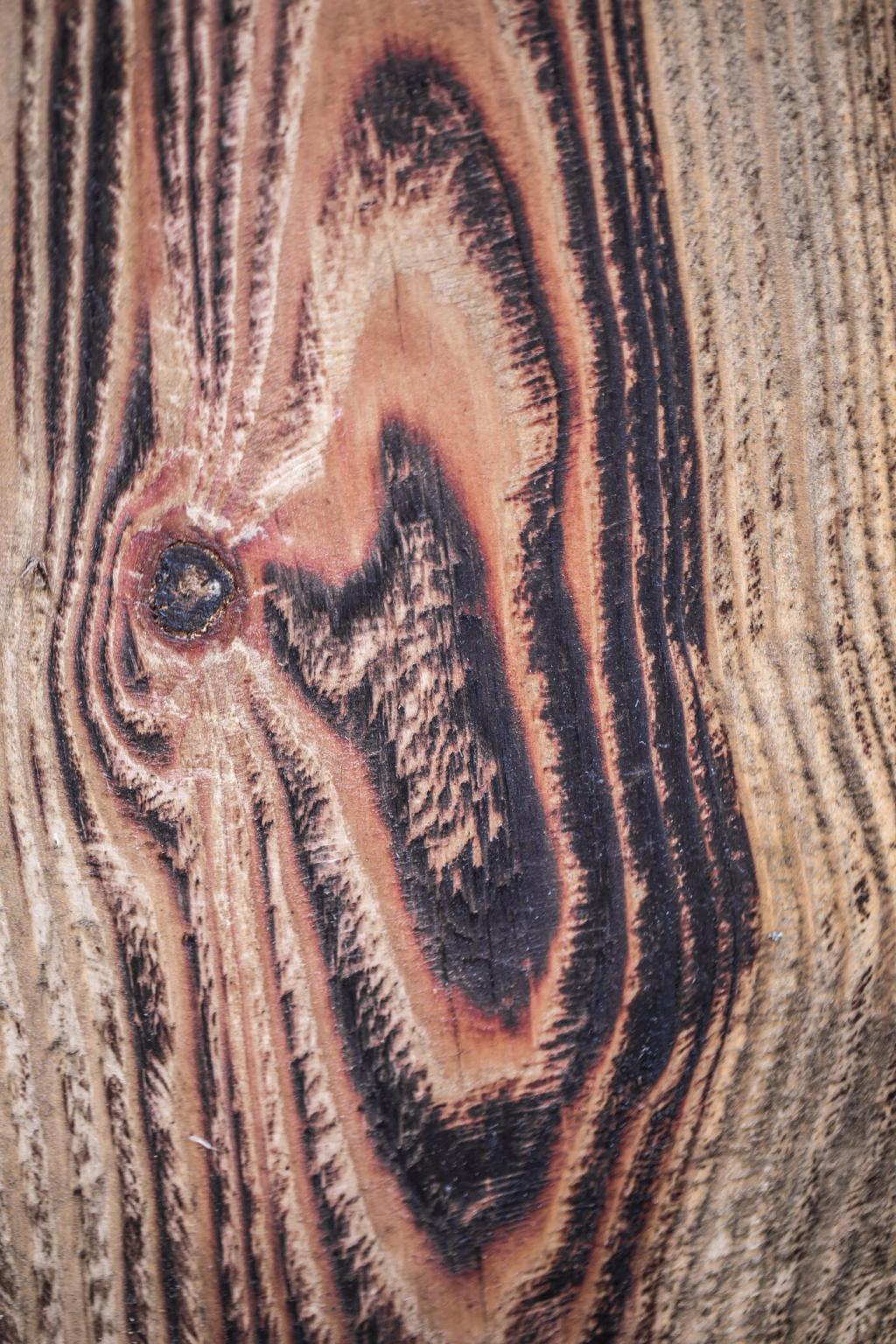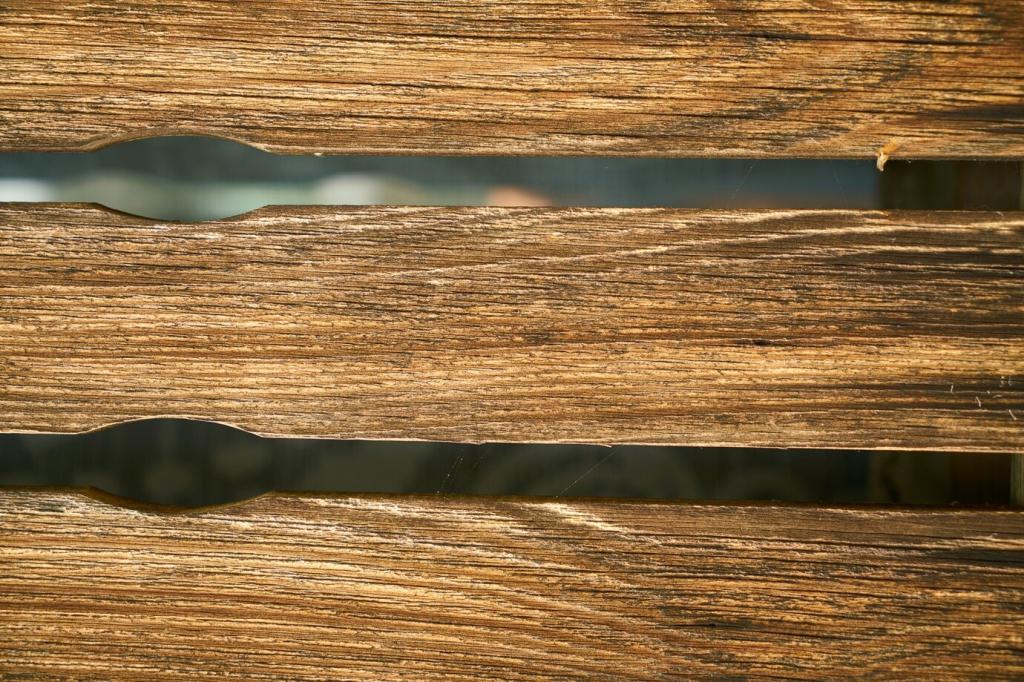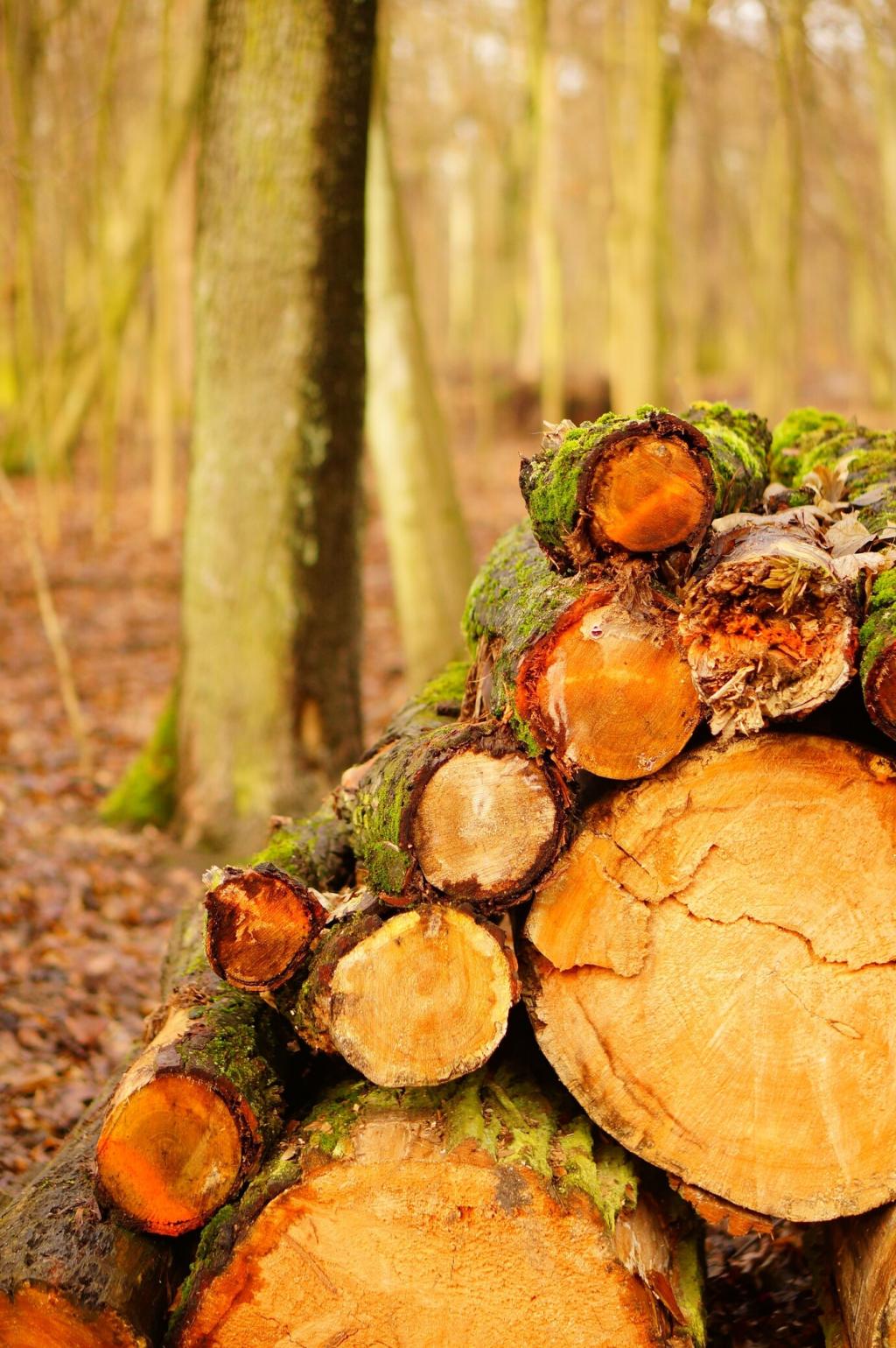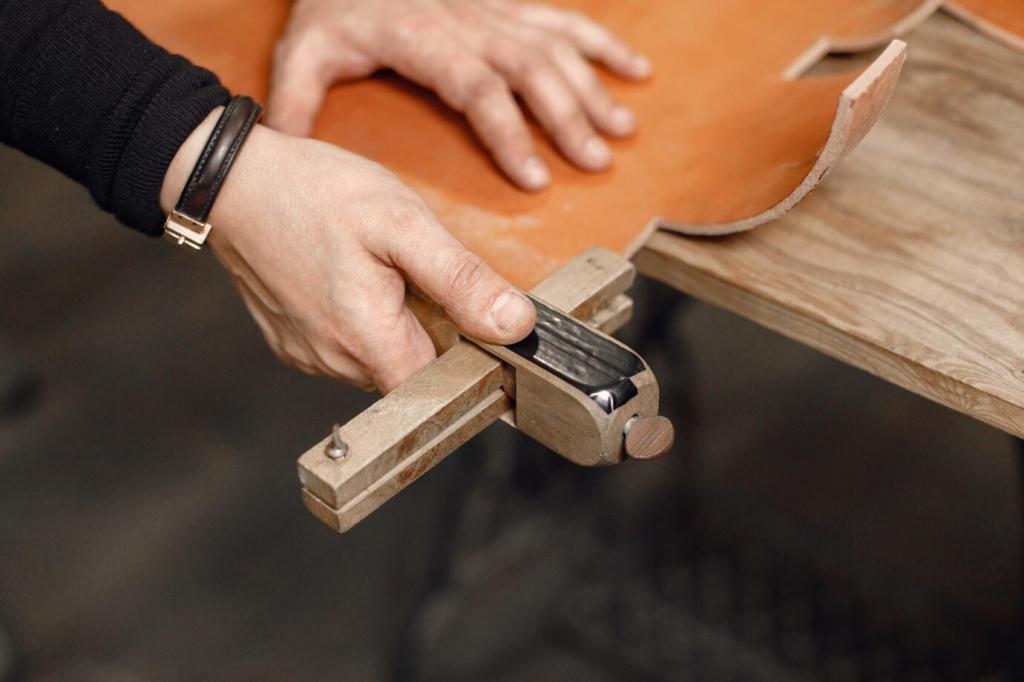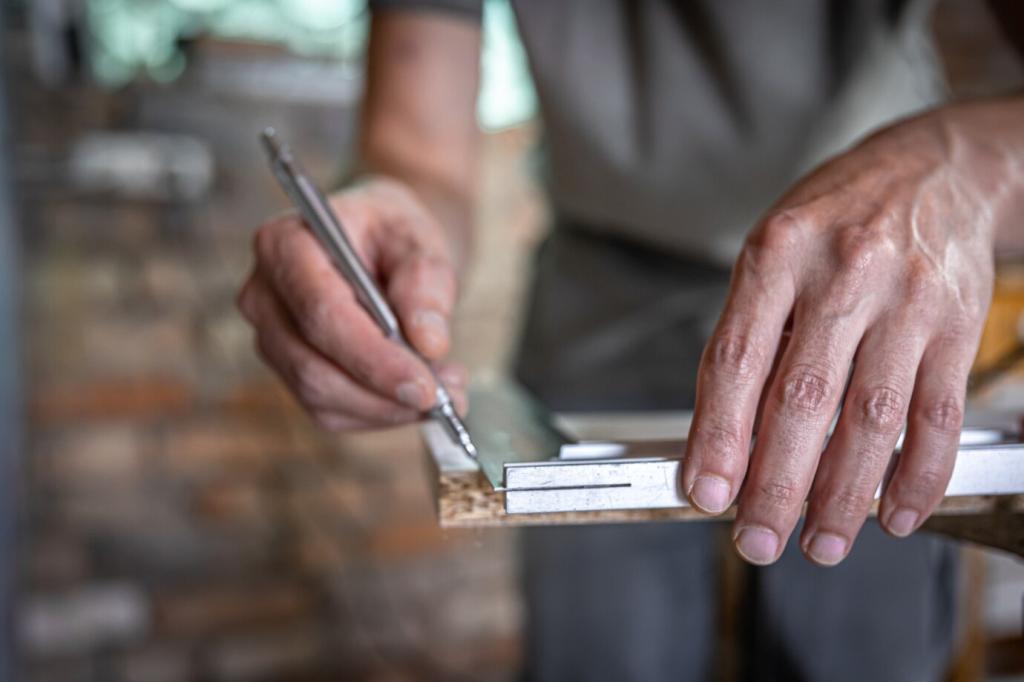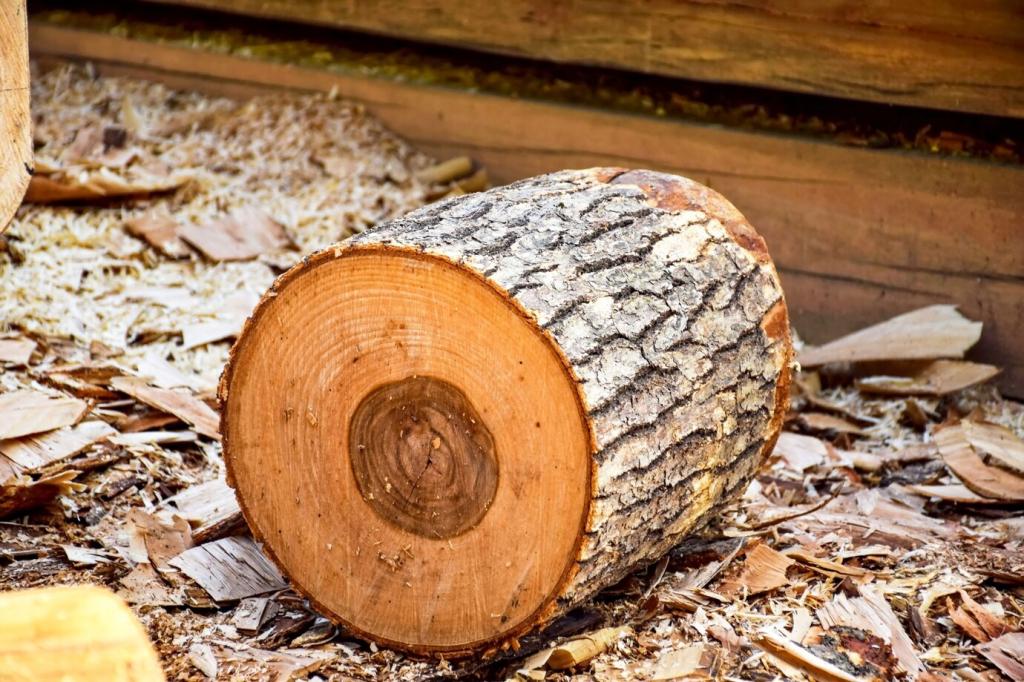Troubleshooting and Fine‑Tuning Your Finish
Too much conditioner or cool, humid conditions can prevent proper set. Wipe back firmly with a clean cloth, then warm the surface gently and rebuff. Next time, thin the coat and extend curing intervals for a cleaner, more responsive finish.
Troubleshooting and Fine‑Tuning Your Finish
End grain and tight maple can drink unevenly. Pre-condition with a diluted first coat, or raise grain and de-nib before reapplying. Work smaller sections, keeping a wet edge. Share photos of trouble spots, and we’ll suggest species-specific adjustments.

